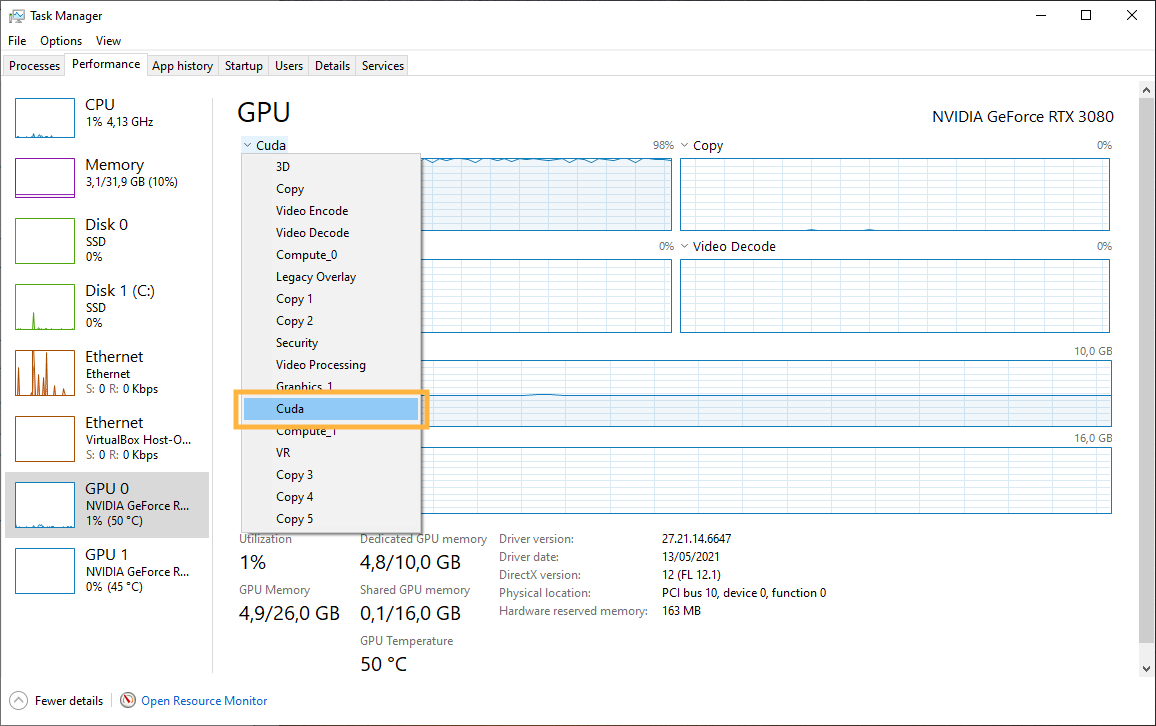lwk7454 wrote:Hi guys, glad I found there are people working on real-time playback with RIFE. I've tried this method myself, hope I'm adding more valuable data to your development.
I am also glad that another person took an interest in this topic and added something from himself, which I think will help many other people including me.
I have a request to you: could you please stay with us for a while on this thread and help us test real-time playback with RIFE?
I have read your post thoroughly and will be returning to individual parts in the near future. However, I don't want to write about everything at once as it will be a bit overwhelming, so I will do it gradually.
Firstly, a big thank you for finding a solution to the script problem. I hope this helps egandt and encourages others to test.
Right now I think the most important thing is to get as many people interested in the topic as possible to replicate your path to success with RIFE
My first question:
lwk7454 wrote:After some troubleshooting I got my VLC player to work with VS RIFE.
Could you please elaborate on what these problems were and how you dealt with them? That might help a lot of people.
Now I will have a request for you to do some simple tests to help us determine the causes of the image freezing that have been described on this thread.
Test parameters:
SVP+VLC media player+RIFE filter for VapourSynth (PyTorch)
real time playback with x2 interpolation:
RIFE model: 3.8
scale=1.0
FP32 or FP16 (your preferred choice)
GPU threads: (your preferred choice)
Test file:
original demo video from the creator of RIFE at: https://github.com/hzwer/arXiv2020-RIFE
720p (1280x720), 25FPS, 53 s 680 ms, 4:2:0 YUV, 8 bits
direct link: https://drive.google.com/file/d/1i3xlKb … sp=sharing
Monitor set to 50Hz or 100Hz or 150Hz or 200Hz
Test file only if image freezes more than 30s on 720p file:
240p (320x240), 15FPS, 6 min 8 sec, 4:2:0 YUV, 8 bits
https://sample-videos.com/video123/mp4/ … p_30mb.mp4
Test variables based on dlr5668 postings
https://www.svp-team.com/forum/viewtopi … 315#p79315
https://www.svp-team.com/forum/viewtopi … 321#p79321
1. disable black bar detection
2. enable black bar detection
3. switch profile in windowed mode
4. switch profile in full screen mode
5. gpu-api=vulkan
6. gpu-api=d3d11
Testing: does the image freeze and for how long (30s = permanent) during:
A. real-time playback with RIFE - first-time initialization
B. real-time playback with RIFE - after pause
C. real-time playback with RIFE - after rewind
B. real-time playback with RIFE - after fast forward
I would be very grateful if you could find some time to run these tests.
